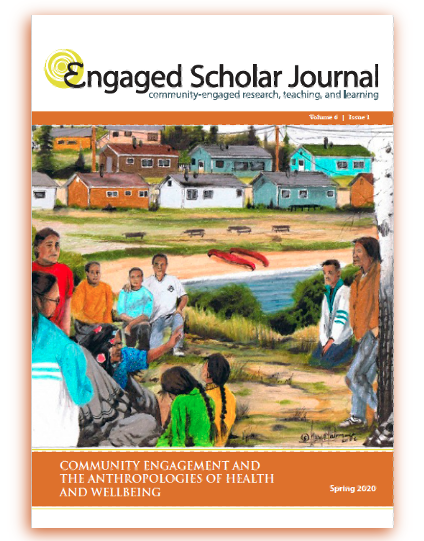Engaged Palaeoethnobotany on the Northern Plains: A Compelling Future for Medicinal Plant Research
DOI:
https://doi.org/10.15402/esj.v6i1.70733Keywords:
Palaeoethnobotany; ethnobotany; archaeology; medicinal plants; Northern Great PlainsAbstract
The University of Saskatchewan Department of Archaeology & Anthropology became the first academic Department in Canada to publicly offer a Statement on Reconciliation. Most archaeologists recognize our colonial past and agree we need to expand our focus to incorporate better the thoughts, actions, and desires of the descendant communities of those who produced the material and nonmaterial remains we study. As a subdiscipline of archaeology, palaeoethnobotany with its emphasis on traditional plant use is well-positioned to engage fully with descendant communities. The Northern Plains would seem an ideal candidate for such research, given the rarity of existing palaeoethnobotanical research and the apparent absence of engaged research on medicinal plants. Current literature on the Northern Plains does include various ethnobotanical accounts, including discussion of plants with medicinal purposes. Though rare, there are also a few palaeoethnobotanical studies, which typically incorporate ethnobotanical data to aid interpretations. But what is lacking are clear attempts to bridge these sources of information; to conduct studies specifically designed through the coordinated efforts of Indigenous Knowledge Keepers and Healers with palaeoethnobotanists. We discuss how community-engaged scholarship of medicinal plants research on the Northern Plains may benefit both palaeoethnobotany and descendant communities.
Downloads
Published
How to Cite
Issue
Section
License
Authors who publish with this journal agree to the following terms:
- Authors retain copyright and grant the journal right of first publication with the work simultaneously licensed under a Creative Commons Attribution License CC BY 4.0 that allows others to share the work with an acknowledgement of the work's authorship and initial publication in this journal.
- Authors are able to enter separate, additional contractual agreements for the non-exclusive distribution of the journal's published version of the work (e.g., post it to an institutional repository or publish it in a book), with an acknowledgement of its initial publication in this journal.
- Authors are permitted to post their work online (e.g., in an institutional repository or on their website) after the publication of their work in the Engaged Scholar Journal.
- Please note that while every opportunity will be taken to ensure author participation in the editing process, due to time constraints final copyediting changes may be made before publication to ensure APA adherence throughout all submissions.




